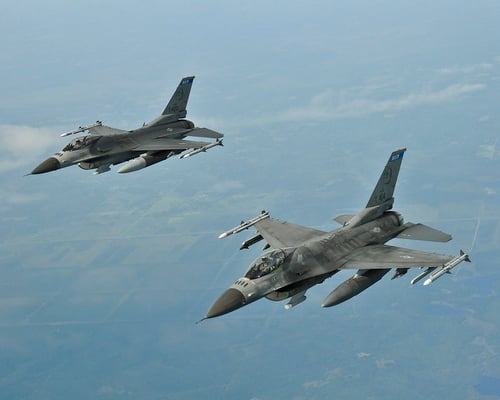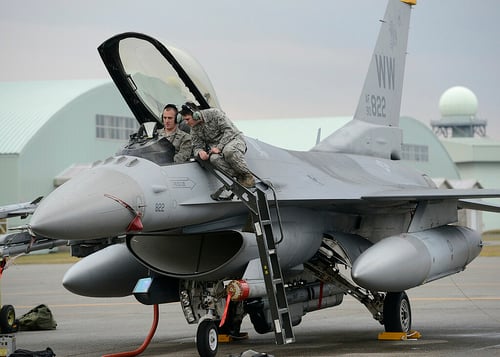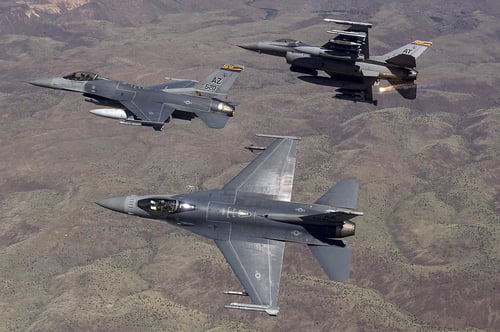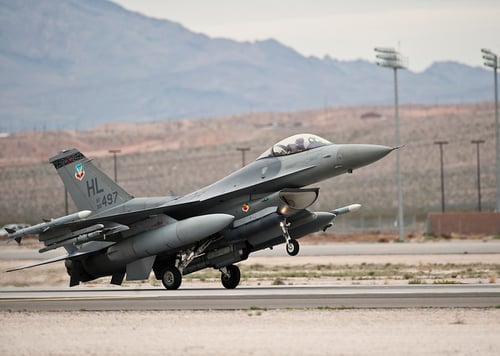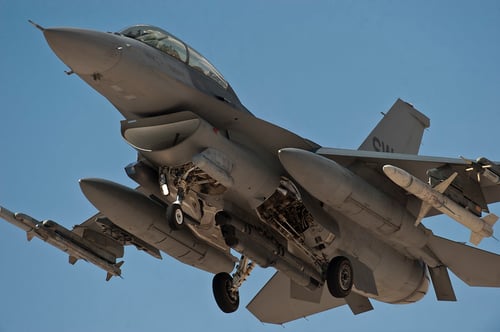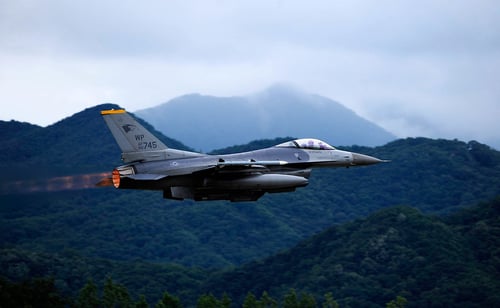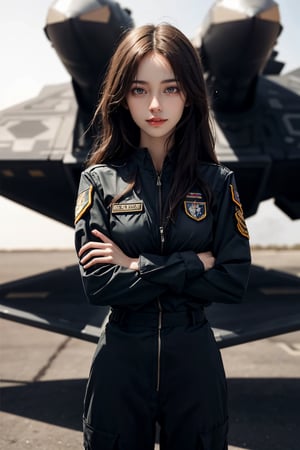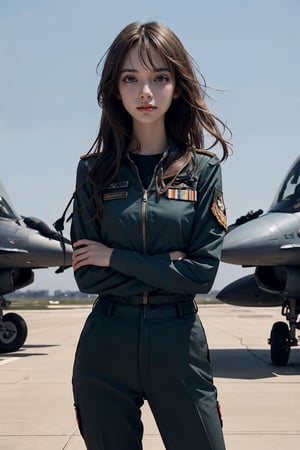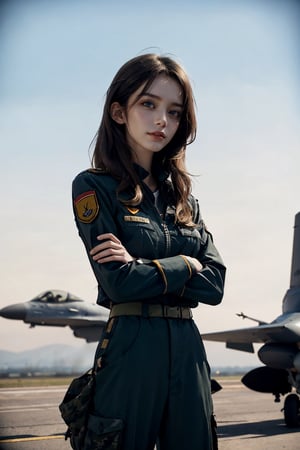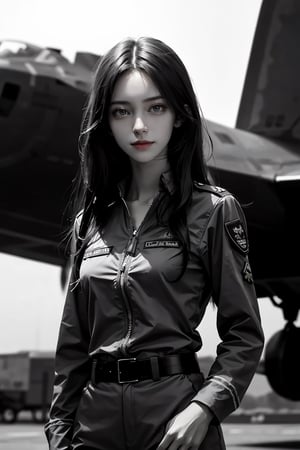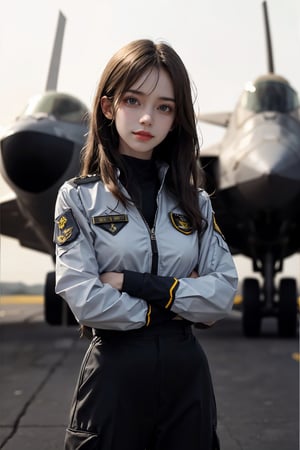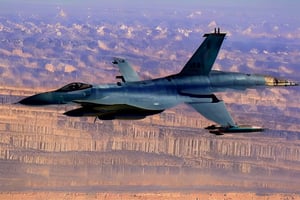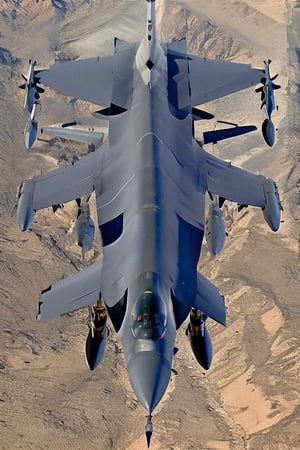The General Dynamics F-16C Fighting Falcon is a single-seat, multirole fighter aircraft known for its sleek and aerodynamic design. Here's a description of its physical appearance:
1. Fuselage: The F-16C has a streamlined fuselage with a relatively narrow and pointed nose, designed to reduce aerodynamic drag. The fuselage features a single-seat cockpit, which is enclosed by a bubble canopy that provides excellent visibility for the pilot.
2. Wings: The F-16C has a high-mounted, swept-back wing configuration with a noticeable leading-edge sweep. The wings are relatively small and highly maneuverable, which is a characteristic feature of the aircraft. They also incorporate wingtip rails for mounting various external stores such as missiles and fuel tanks.
3. Tail: The F-16C has a single vertical tail fin that is canted outward slightly. It also features two horizontal tail fins (stabilators) on either side of the tail section. The horizontal stabilators provide both stability and control during flight.
4. Landing Gear: The landing gear of the F-16C consists of three retractable landing gear assemblies – one in the nose and two under the wings. The nose gear is a single-wheel design, while the main landing gear has two wheels on each side.
5. Engine Inlet: The engine inlet is located underneath the fuselage and is designed to provide the necessary air to the aircraft's engine. It features a distinctive chin-mounted, semi-circular air intake.
6. Paint Scheme: The F-16C's paint scheme varies depending on the country and operator. Commonly, it is painted in a low-visibility gray or camouflage pattern to blend in with its operational environment. National markings and unit insignia are typically displayed on the aircraft's fuselage and tail.
7. Armament: The F-16C is equipped with a variety of external hardpoints and weapon pylons for carrying a wide range of munitions, including air-to-air missiles, air-to-ground missiles, bombs, and fuel tanks.
8. Canopy: The cockpit canopy is a distinctive feature of the F-16C, providing excellent all-around visibility for the pilot. It is a large, bubble-shaped canopy that slides backward to open, allowing the pilot to enter and exit the cockpit.
9. Size: The F-16C is a relatively compact aircraft with a length of approximately 49 feet (14.8 meters) and a wingspan of about 32 feet (9.8 meters).
Overall, the F-16C Fighting Falcon is characterized by its agile and compact design, making it a highly maneuverable and versatile fighter aircraft used by many air forces around the world.






